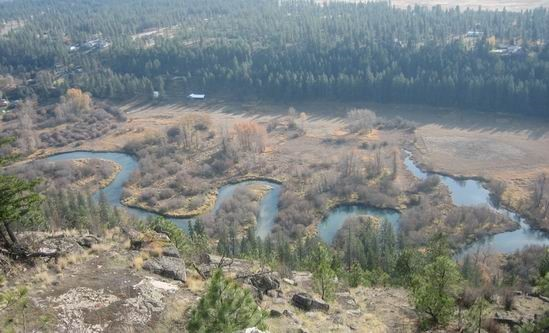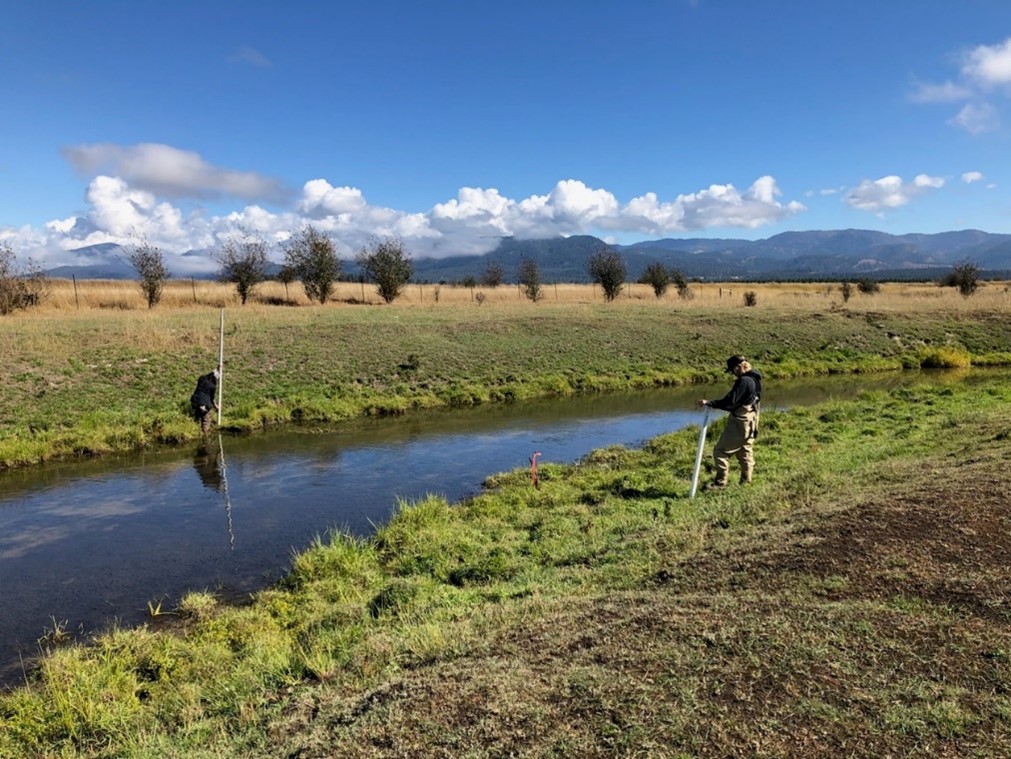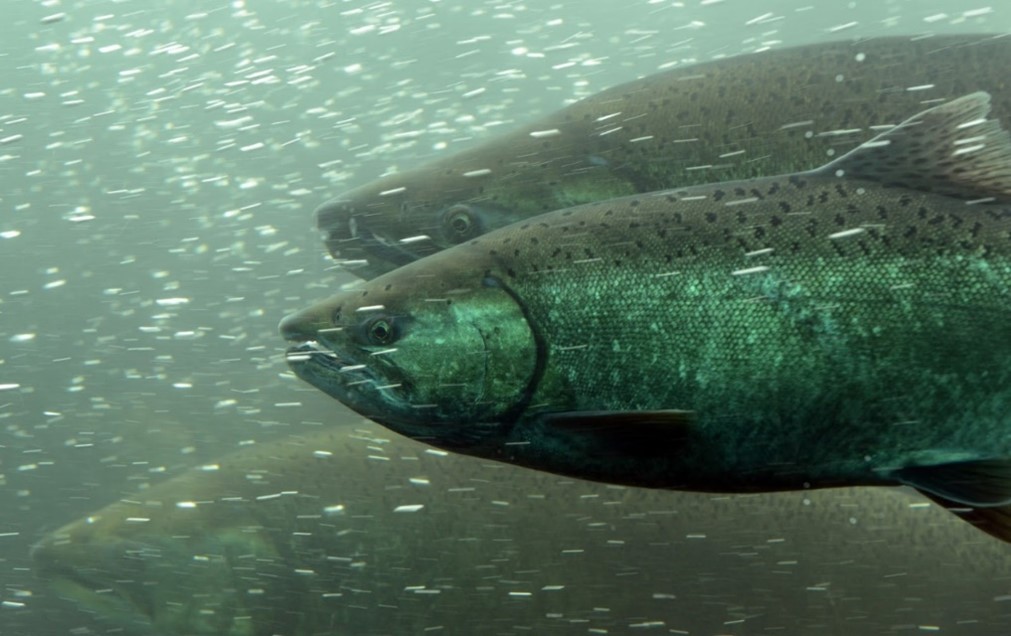
Ecology is implementing a TMDL in the Little Spokane River watershed to address low dissolved oxygen and high pH levels.
Washington’s waterbodies, from alpine lakes and rivers to Puget Sound, connect diverse ecosystems, provide habitat for salmon, supply vital water resources to communities, and are a cultural cornerstone throughout the region. However, pollutants that end up in the water threaten the health of our state’s inhabitants, non-human and human alike. Using our clean water toolbox, we work with our partners to reduce pollution and achieve clean water.
The Department of Ecology (Ecology) is part of a settlement agreement between the US Environmental Protection Agency (EPA) and Northwest Environmental Advocates (NWEA) to resolve a lawsuit that involves one of the most critical tools in our toolbox, our Total Maximum Daily Load (TMDL or water cleanup) program. We are committed to ensuring the success of this program and the restoration of Washington’s waters.
TMDLs: water quality cleanup plans
The federal Clean Water Act, requires states to assess and categorize waterbodies by how healthy, or clean, they are. This is done through the water quality assessment. Waters deemed as polluted (do not meet water quality standards) get added to the state’s 303(d) list of impaired water. Once the EPA approves our state’s 303(d) list of impaired waters, our team at Ecology must develop plans to clean those waters up.
When reviewing our state’s list of impaired waters and developing water cleanup plans, Ecology works with Tribes, regional partners, and the public to prioritize our efforts.
A TMDL, or water quality cleanup plan, is the primary tool we use to clean up impaired/polluted waterbodies. Water cleanup plans identify how much pollution needs to be cut back so that water is no longer impaired.
Ecology staff conducting water quality monitoring in the field.
To set pollution limits we:
- Monitor to identify pollution sources and the level of pollutants entering the water
- Use modeling to diagnose the “pollution diet” that is needed while considering existing conditions (assess why the water is polluted)
- Complete a technical analysis to set reduction levels each pollutant source must meet to restore the waterbody
Implementation: key to achieving clean water
Creating a water quality cleanup plan is an important first step to understanding the pollution problem at hand. However, plans are not self-implementing, and every plan is unique. At Ecology, once we develop a plan, our work doesn’t stop here. After a cleanup plan goes through public review and is approved by EPA, getting to cleaner water takes time, resources, and commitment through implementation.
In the past five years, our program has received approval from EPA on 12 new cleanup plans (TMDLs) that address water quality concerns for over 250 impaired waters throughout the state. We have one of the most active programs in the country and are committed to not only producing the required water quality cleanup plans but also ensuring that they are implemented and achieving clean water.
The settlement agreement
Water quality cleanup plans set limits for permits and reductions for non point pollution. Under the federal Clean Water Act, states are required to develop TMDLs for the polluted waters identified in their list of impaired waters 303(d) list. When a state fails to submit enough water quality cleanup plans, courts can require EPA to step in and complete the TMDLs. In the 1990’s environmental groups brought actions across the country against EPA regarding the pace of TMDL development by states; they claimed that states were not producing enough plans. Many of these cases were settled, including Washington’s. As a result, Ecology was required to address over 1500 polluted water segments impairing nearly 670 waterbodies by 2013.
Washington’s waterbodies are home to ecologically and culturally important species, like Chinook salmon.
While our program has made significant progress, we did not complete all the water quality cleanup plans required by the settlement agreement. In response, NWEA, who brought forward the original case, initiated a new lawsuit regarding the lack of timely TMDLs in Washington. As a result of this new case, Washington and EPA have entered into another settlement agreement to recognize our program’s current strengths and identify future opportunities for success. We are committed to maintaining a strong program and appreciate the additional resources to review and make recommendations on how to improve our TMDL production pace. This agreement is comprised of two phases.
In the first phase, we look forward to a third-party evaluation of our program. Though we regularly self-assess to consider opportunities for improvement, this external review is structured to provide new insights and recommendations for ways we can continue to improve while efficiently using our resources for all stages of developing and implementing water quality cleanup plans. The second phase will comprise of a longer-term settlement and reflect the results from phase one. The goal is to reach an agreement on the number of water quality cleanup plans we complete, while ensuring they are effective, support implementation, and cleanup Washington’s waters.
What is next for our program?
We are working alongside our watershed partners to recover Washington’s waters through development of new cleanup plans while ensuring the continued implementation of plans underway. To learn more about our program and where we are working, visit our TMDL web page.
Achieving clean water for Washington requires collaboration. We hold TMDL Prioritization webinars every year, where we present our priorities for our water cleanup work over the next year to partners and the public. We are currently reviewing feedback from our most recent prioritization webinar to guide our future work.
To stay up-to-date on our work, sign up for our water quality improvement email list.



